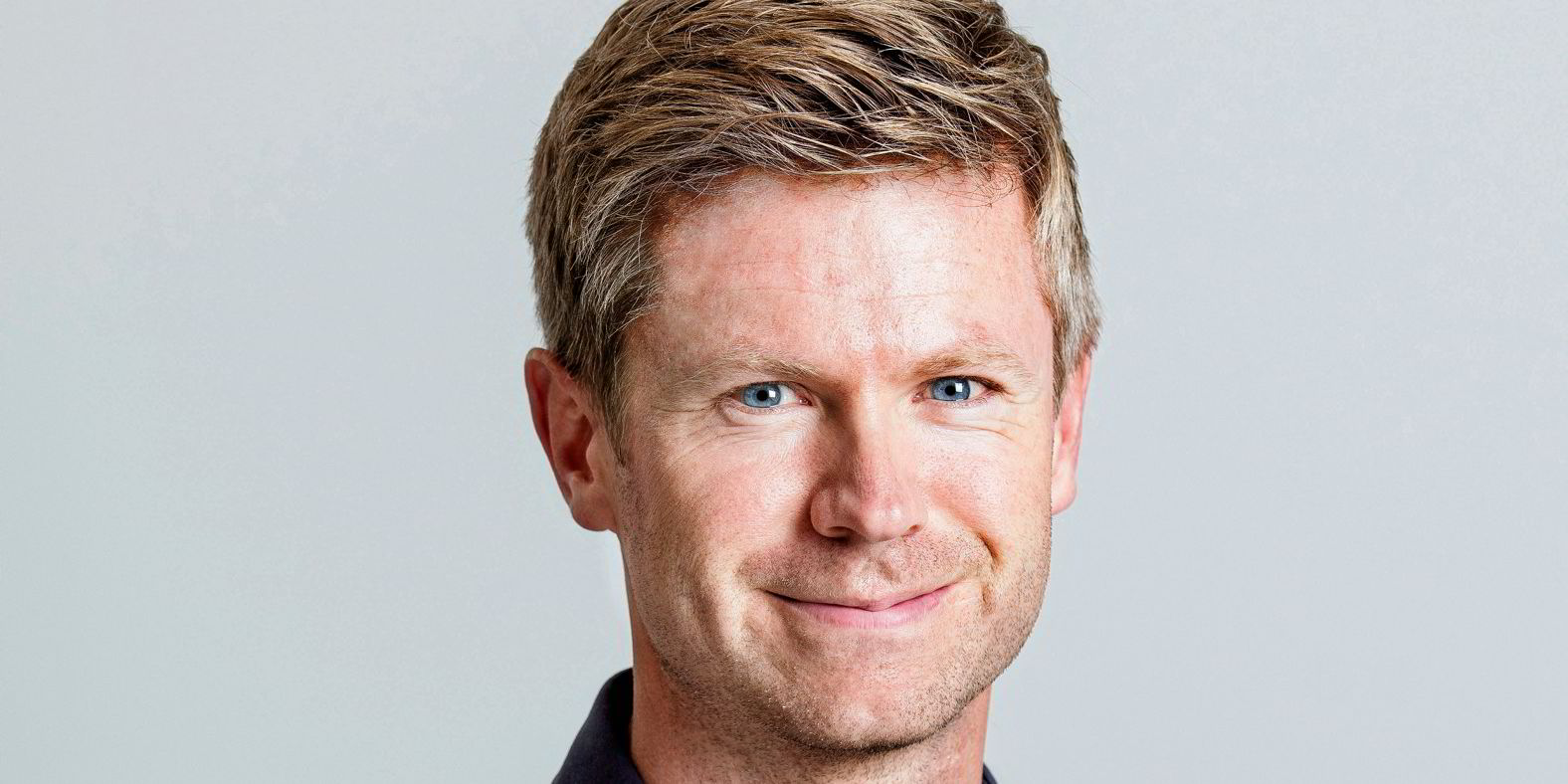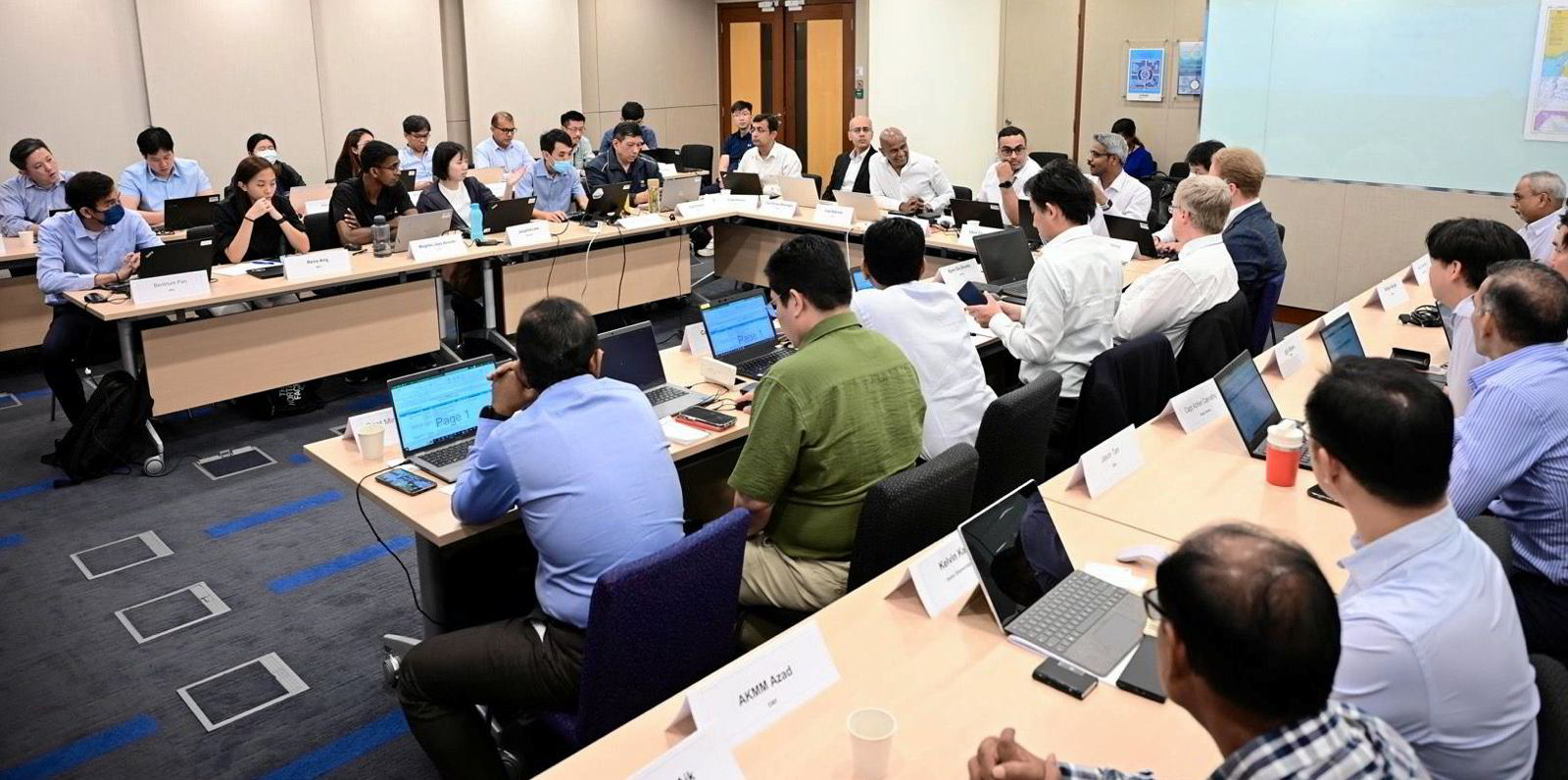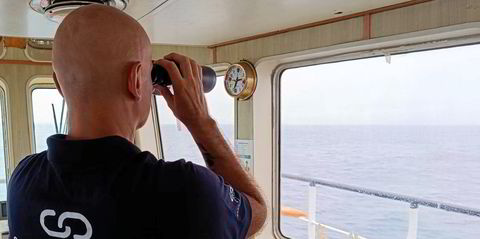Improving the efficiency of the LNG bunker vessel (LNGBV) fleet could add the equivalent of two new ships to operations at a time when infrastructure assets in this sector are forecast to be facing a supply shortage.
Martin Wold, the principal consultant for the classification society’s maritime advisory business, told IQPC’s LNG Bunkering & Future Fuel Global Summit 2023 in Amsterdam that DNV can see a supply crunch coming on LNG bunkers.
“Not all vessels will be bunkered in 2025 if they are looking for LNG and gas is affordable again,” he said.
He said in the last year the industry has seen the equivalent of 800,000 tonnes of new LNG demand that is expected to come online by 2025, when the 130 vessels ordered will come online.
Wold highlighted that LNG bunker suppliers Titan, Shell and CNOOC have invested in new supply capacity over the last 12 months, but it is still not enough to close the infrastructure gap.
He said this is lost income for suppliers and increased costs for buyers who will likely have to burn more expensive fuels when their ships deliver.
Wold, who was on stage to speak about DNV’s digital bunkering tool FuelBoss and to announce Kongsberg as its first partner for the system, said there are two solutions.
One is to order more LNG bunker vessels, which he dubbed the most expensive.
He said the second is to adopt digital ways of working to achieve higher efficiency and utilisation of the LNGBV assets.
The chief consultant said that, if this second solution is adopted across the entire LNGBV fleet, it would add capacity two new vessels.
Wold detailed that there are now 904 LNG dual-fuel ships on order and in operation.
He said 130 vessels have been ordered in the past 12 months and some 100 have been delivered, with the bulk of those handed over being large container ships, bulk carriers and tankers.
Wold said the real boom in ordering of LNG dual-fuelled vessels was in 2021 and the first half of 2022 when over 200 ships were ordered.
But Wold said that since July and August 2022 the growth rate in uptake of LNG as a marine fuel has started to slow down slightly.
He said this coincided with the rise in and uncertainty over gas prices, with the choice of methanol as a fuel for newbuildings rising in parallel with this.
DNV now records that there are 115 methanol dual-fuelled ships on order, of which 76 are container ships and 26 are tankers.
But he said whether this translates to actual methanol demand when these ships are delivered is “the big question”.
Wold said the market should expect to see the first methanol fuelled pure car/truck carrier orders this year and should not be surprised if newbuilding contracts for methanol-fuelled ships match those for LNG-fuelled vessels in 2023.
Wold said there has been an overall decrease in the share of alternative fuels in the orderbook this year.
But he told his audience that “there is no need for gloom”, assuring them that gas prices are falling and the market is still growing. There are no fundamental reasons why LNG bunkering should not pick up the pace again,” he said.







